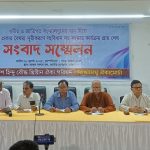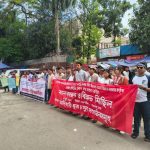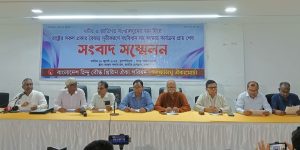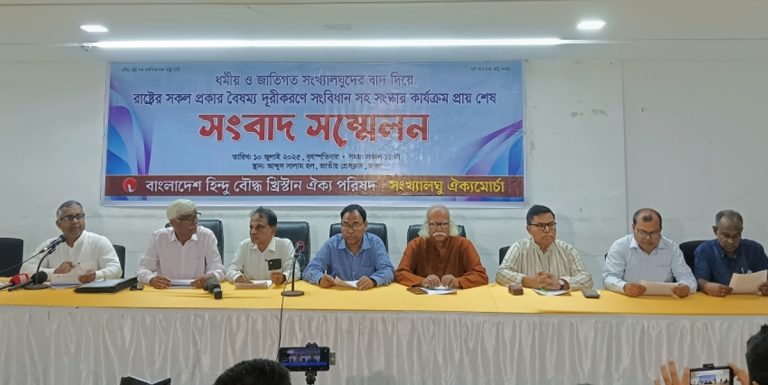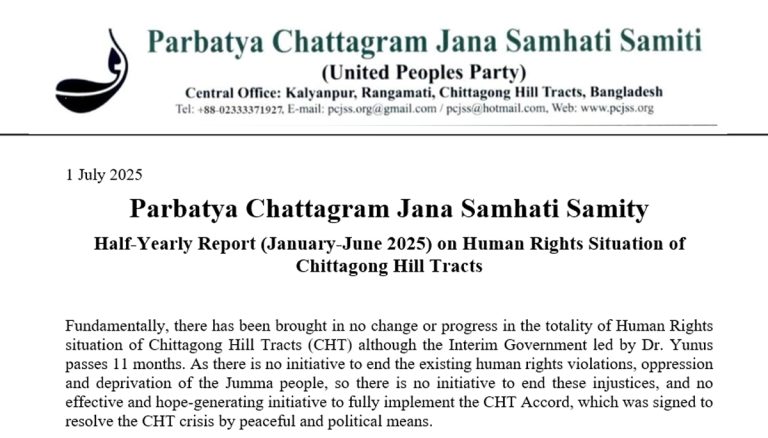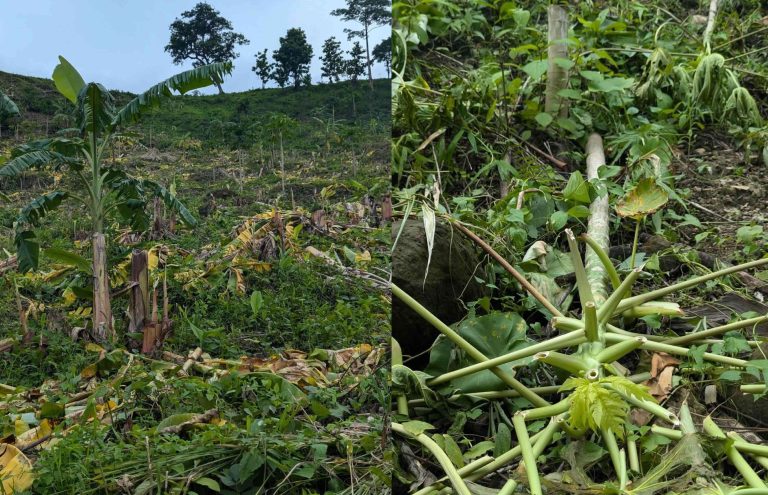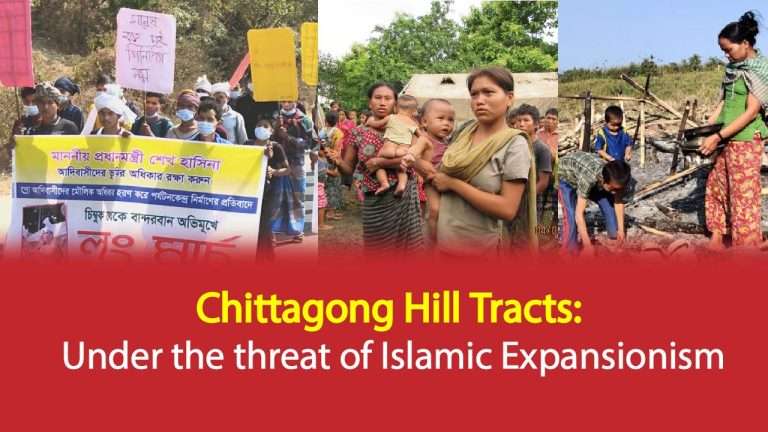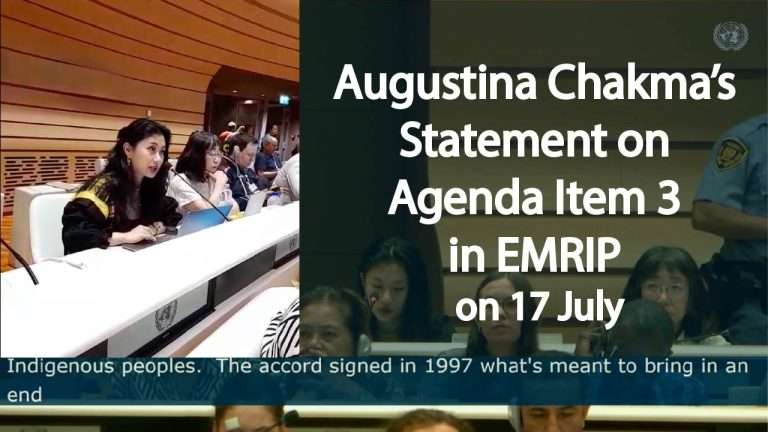Khokon Suiten Murmu
30 June 2020 marks the 165th anniversary of the Santal Uprising. On this day in 1855, Birvanta (Martyr) Sidhu Majhi alias Murmu sowed the seeds of a spark of revolt among the oppressed indigenous peoples of the Indian subcontinent. The revolt of the indigenous Santals in subjugated India was a guide to the freedom-loving people.
Sadly, the Santal Rebellion, which laid the foundation for the Sepoy Rebellion in the subcontinent, has not found its rightful place in Indian history today. Although the British zamindars (landlords), jotedars (land holder), moneylenders who took over the company got their own country today, but the Santals are still stateless. Somewhere today they are small ethnic groups (Kshudra Nreegosthi), somewhere tribes (Upajati) and somewhere Janajati. These terminologies are not at all comfortable for the Santals. Did the Santal Rebellion actually succeed for the Santals? Or are they the slaves of Utopia in Machiavelli whom the Pius will only hire?
However, as a Santal today I am proud to discuss the context of the Santal Rebellion. At the same time, we will review the human rights situation of more than 54 indigenous peoples including Santals in present day Bangladesh. Based on the discussion, I will make some recommendations to the Bangladesh government later.
Background to the Santal Uprising:
‘Hull’ is a Santali word meaning uprising. The Santal Rebellion was organized in Jharkhand in present day India, Bhagalpur in Bihar and Murshidabad in West Bengal. The permanent settlement of Lord Cornwallis in 1793 doubled the level of persecution against the Santal. The Santals staged a united movement against the tyranny and injustice of the native landlords, moneylenders, indigo planters, usurers and English employees of the then British government. The Santals were joined by the poor Muslims and poor Hindus of Kamar, Teli, Karmakar, Chamar, Dom, Momin communities.
On 30 June 1855, around 30,000 Santals gathered at the village of Bhagnadihi under the Barrhead police station in the Dumka district of the Santal pargana in the present day state of Jharkhand, India. Sidhu Munjhi, son of Chanu Monjhi of Bhagnadihi, called for the demonstration or ‘Dhoruyok’. The assembly decided to complain to the Governor because of becoming impatient of the British rule and the lack of justice from the local administration. From this gathering the Santals started a Mass March on Foot towards Calcutta. This was the first Mass March in the Indian subcontinent. Later, due to the conspiracy of the native landlords, indigo planters and moneylenders of the British government, this march turned into a war. This mass revolt started the foundation of sepoy revolt.
The revolt lasted from 1855 to November 1856. Although the Santals fought with native bows and arrows, the British forces had sophisticated cannons and guns. The English also used the elephants and horsemen provided by the native landlords. Sidhu Murmu, one of the leaders of the revolt, was martyred along with three other brothers Kanu, Chand and Bhairab including two sisters Phulmoni and Jhanmoni.
Political background:
The permanent settlement in the subcontinent ushered in the destruction of the self-sufficient village-society. Prior to the Battle of Plassey, middlemen were absent in the land management of the subcontinent. The permanent settlement disrupted the traditional way of life in the subcontinent and made the social life darkened. This settlement served the multifaceted purpose of the British rule- (1) to increase the stability of the colonial rule; (2) procurement of industrial capital raw materials from the Indian subcontinent; (3) In order to save the English rulers from the growing peasant revolt, the class called zamindars (landlord) were used to collect revenue at high rates through land settlement and to be used as permanent accomplices in all misdeeds.
The eviction of the land revenue system created by the British was never desirable to the zamindars (landlords). Because the zamindars also enjoyed the leftovers of the plundered wealth. After paying off the zamindar’s rent and the moneylenders’ compounding debt in a permanent settlement, it became impossible for the Santals to survive with their wife, sons and daughters and parents. The life of the Santals became miserable. The zamindars indulged moneylenders, thugs and looters in doing business in the Santal area.
Social background:
In 1832, the Santals settled at the foot of the Rajmahal hills. This area known as ‘Damin-e-Koh’ was full of dense forests. The Santals were the first to create arable land in the area by clearing the dense jungle and fighting wild animals. The life of the Santals was going well by cultivating in the traditional way in an unpretentious environment. They spent their days in agriculture, collecting fruits in the forest environment and through exchange system. The scope of the Company’s rule gradually expanded to the jungles around Bihar.
The zamindars became the owners of the forest by establishing a permanent settlement. Although the Santals made ‘Damin-e-Koh’ habitable, the law made them tenants overnight. Under the rule of zamindars, the exchange system of this area was broken. Currency based market system is prevalent. Rural simple and uneducated Santals get lost in this currency-based buying and selling system. Along with the currency system, moneylenders, foremen and broker-class traders entered the Santali area. Before the Santals understood the monetary system, they began to plunder freely at the temptation to buy and sell crops at low prices.
Economic background:
The application of a permanent settlement under the rule of the British Company gave birth to the middle exploitative and new financial system. As a result, the rural economy and mass production of the Santals, which was built through a lot of labor, was disrupted. One of the main reasons for the Santal Rebellion was their changed production methods and broken financial system. Paddy, mustard, etc. produced by the Santals began to be exported to Murshidabad, Calcutta and even England itself through the transport of cow-cart boats etc. The destruction of the rural economy of the Santals built on the agricultural system began to benefit the British companies and their native allies, such as the zamindars, moneylenders and usurers.
Some educated fraudsters also started appearing in groups in Santal Parganas. Thugs and unscrupulous Hindu merchants used two types of scales to deceive the Santals. For example, when poor Santal brought his goods to the market, they were measured on a scale larger than the size. They were also cheated by measuring in fake locked boxes. And when they went to buy salt, oil, etc., the traders weighed it with light weights. Wrong argument would have been explained if they had protested. This new class became the rich class overnight by buying goods from the Santals at low prices and cheating.
Cultural background:
As a result of the permanent settlement, the zamindars became the owners of the settlements developed by the Santals. The zamindars used to lease them to the jagirdars or jotedars. With that came the abolition of the ancestral ethnic custom of the Santals. The system of self-government of the Santals; Monjhi Parishad (village council), Pargana Parishad (a council consisting of several villages) and Desh Manjhi (a council consisting of all Santal Parganas) were dissolved. The Monjhi system was a major part of the strong rural culture of the Santals. As a result of the permanent settlement, the Monjhi, Pargana and Desh Monjhi of the Santals lost all their power, fame, prestige and wealth overnight.
Sequence begins to decline in Santal life. They had no food shortage before. Their food was supplied from crops grown on their own land. They could also fetch food from the forest during droughts and other natural disasters. They could spend time with enjoy in their own system of government. They could practice their own cultural features, religious festivals, marriages and funerals as they wished. Zamindars, moneylenders, Hindu tout traders also hurt the inherited culture of the Santals.
The success of the Santal Rebellion:
Trapping the Santals in deception, the thugs and touts along with the zamindars and moneylenders also formed their own royal palace misrule in the Santal area overnight. As a result, the Santal Rebellion was organised. It was the Santal Rebellion that sowed the seeds of independence in subjugated India. Under pressure, the British government was compelled to form a committee to investigate the Santals’ allegations. The then Magistrate Eden listened to the problems of the Santals. And he submitted a report to the Inquiry Committee. Subject to investigation, the British government was forced to pass the Santal Pargana Tenancy Act, 1855.
Under this Act, the government allotted Santal Parganas for the Santals. Respecting the system of self-government of the Santals, the power was given to Manjhi, Pargana and Desh Manjhi. According to this law, government officials and police in Santal Pargana cannot impose any law on Santals at will. The Santals can adjudicate their Salish for themselves. As a result of the law, the Santals themselves can pay the land taxes to the Deputy Collector.
The Santal Rebellion and the Current Context:
After the rebellion, the Santals became emigrants. British troops destroyed more than 50,000 Santal villages and killed more than 30,000 Santals. The soldiers killed women and children in addition to the Santal rebels. Defeat in this revolt stifled the liberation struggle of the Santals. After the mutiny, the Santal Pargana Tenancy Act 1855 was enacted, but they were bound by subjugation. Foreign religious traders came to the aid of the British instead of the native partners of the English, such as, zamindars, moneylenders, contractors and religious traders.
Devastated Santal was forced to fall into the trap of religious traders. These religious businessmen helped the British in implementing their next agenda. Evicted from their homeland, the Santals migrated to British-ruled Assam, Bengal, Andaman, Mauritius and Fiji on the assurance of religious traders. Most of the Santals now became completely religious slaves of the British. Some are scattered in different parts of India according to their own convenience.
Even after the 165th year of the Santal Rebellion, the Santals are still subjugated in their own country. That is why in Jharkhand itself, Rameshwar Murmu, a descendant of Sidhu Murmu, the leader of the mutiny, had to die on 12 June 2020. It is still not possible to arrest the assassin Saddam Ansari.In the same way, Santals are still being tortured, oppressed, suppressed and raped in Bangladesh. This resulted in a communal attack on Bhimpur in Naogaon on 4 August 2000 and the assassination of Alfred Saran; Communal attack on Chirakuta in Dinajpur on 24 January 2015; the killing of three Santals in a police firing at Bagda Farm in Gaibandha district on 6 November 2016. No incident has been properly investigated and prosecuted perpetrators till date.
Section 98 of the East India Tenancy Act 1950, enacted in the form of the Santal Pargana Tenancy Act, 1855, is still in force in Bangladesh. But by bypassing this law, some unscrupulous clique of land office and land grabbers are deliberately taking away the land of the indigenous people of Bangladesh including Santals. As a result, 90 percent of the indigenous people of North Bengal are landless today. Moreover, in India there is a reserved seat for the Santals in the Parliament but there is no reserved seat for the Adivasis in the Parliament of Bangladesh. As a result, the indigenous people of North Bengal are not able to raise their voice in the place of law making and are being deprived.
Recommendations:
In order to enable indigenous people in Bangladesh, including the Santals, to live with their rights and dignity, I would like to make the following recommendations-
- Indigenous peoples must be constitutionally recognized as indigenous peoples.
- Government khas land, zamindari khas land and all those habitats that have been living for generations will have to be given legal ownership to the indigenous people on terms of possession.
- Government initiatives should be taken to protect the indigenous language and culture and to provide primary education to the indigenous children in their own language up to the fifth grade in addition to Bengali and English.
- Legal assistance should be provided at government expense to recover illegal, counterfeit and confiscated property.
- Quotas should be enforced for special opportunities in admission to all educational institutions and in jobs.
- Arrangements have to be made for the rehabilitation of uprooted indigenous people.
- The Vested Property Act must be repealed and all property confiscated from the indigenous people due to this law must be properly returned to the heirs.
- Indigenous cultural academies have to be established in every district.
- All kinds of torture and injustice against the indigenous people must be stopped. The Alfred Soren murder case, the three Santal murder cases in Baghdad-Farm must be properly investigated and the perpetrators must be brought to justice.
- A separate ministry has to be formed for the indigenous people of the plain.
- Adequate and specific allocation should be made for the indigenous people in the national budget.
- A special land commission should be formed to protect the land rights of the indigenous people of the plains and to reclaim the dispossessed land.
- On the basis of reservation system, seats in Parliament and local government councils should be reserved for the Adivasis.
Note: The article was read out at the “Online Discussion on the Occasion of 30 June: 165th Anniversary of the Great Santal Rebellion” organised by Jatiya Adivasi Parishad on 28 June 2020.
Khokon Suiten Murmu: Member of the Central Committee of the Jatiya Adivasi Parishad and Project Coordinator of Kapaeeng Foundation. Contact: ksmurmu@gmial.com.
